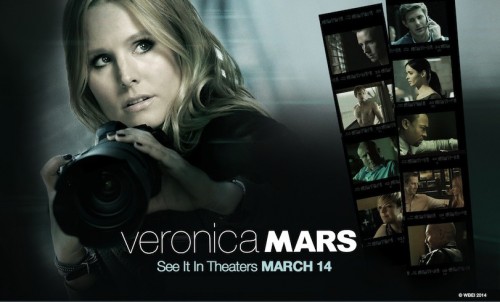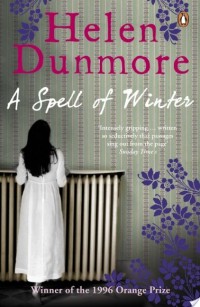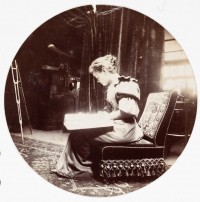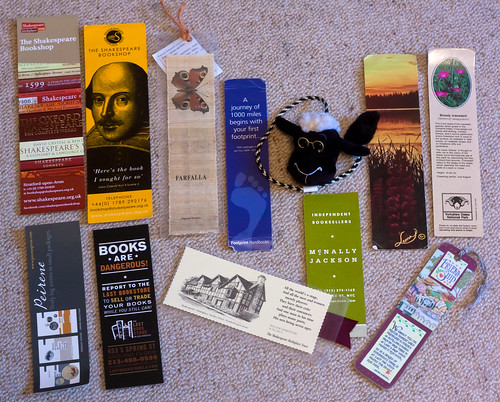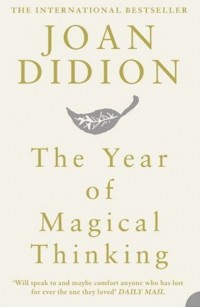I’m back and Amsterdam was pretty great
I have neglected the blog this month and my excuses are slim. But in my defence this past week I was having too much fun in the land of canals and bicycles. From our first hour in Amsterdam, the city had won my heart (it helps that we arrived in glorious sunshine, which was sadly not continually present for our whole trip). It has a great atmosphere, good food, very few cars and, in the parts we saw at least, feels very well looked after.
I’ve barely started the process of going through my photos so more will follow, but for now I will leave you with this note I made during our first afternoon in the city.
Amsterdam: guy clutching an Orhan Pamuk paperback while cycling ahead of a Spliff smoking accessories van.

